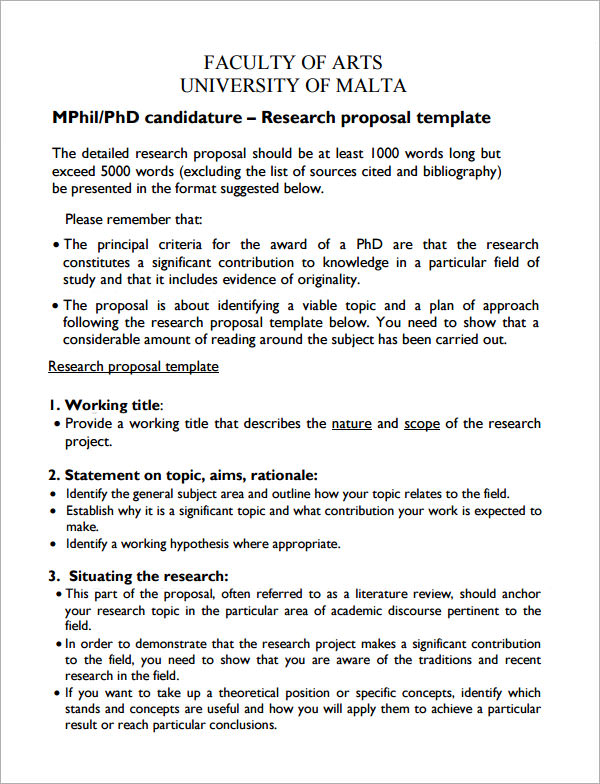A research proposal is a document that outlines a research project you plan to undertake. It is a crucial step in the research process as it helps you to clarify your research question, objectives, and methods, and to justify the need for your research. In this essay, we will discuss how to format a research proposal and provide some tips for writing a strong proposal.
The format of a research proposal varies depending on the specific requirements of the funding agency or academic department, but most proposals follow a similar structure. Here are the main elements of a typical research proposal:
Title: The title of your proposal should be concise and informative, and should clearly reflect the focus of your research.
Abstract: The abstract is a brief summary of your proposal, typically no more than 250 words. It should provide an overview of your research question, objectives, and methods, and should highlight the main contributions of your research.
Introduction: The introduction should provide background information on your research topic, explain the rationale for your study, and outline the main objectives and research questions.
Literature review: The literature review should provide an overview of the existing research on your topic, and should demonstrate your knowledge of the relevant literature. It should also identify any gaps in the existing research and explain how your study aims to address these gaps.
Methodology: The methodology section should describe the methods you plan to use to collect and analyze data for your study. This should include details on the sample size, sampling method, data collection techniques, and data analysis techniques.
Expected results: The expected results section should outline the anticipated outcomes of your research, including any hypotheses you plan to test.
Conclusion: The conclusion should summarize the main findings of your research and discuss the implications of your study for future research or practice.
References: The reference list should include a list of all the sources you have cited in your proposal.
In addition to these elements, you may also need to include additional sections such as a budget, a timeline, or a list of proposed personnel, depending on the requirements of the funding agency or academic department.
Here are some tips for writing a strong research proposal:
Clearly define your research question and objectives: Your research question should be specific, feasible, and relevant, and should reflect the focus of your study. Your objectives should be specific and measurable, and should outline what you hope to achieve with your research.
Use a logical and well-organized structure: A clear and logical structure will help to make your proposal easy to understand and follow. Use headings and subheadings to break up the text and make it easier to read.
Use concrete examples and evidence to support your arguments: Use specific examples and evidence to illustrate your points and to support your arguments. This will help to make your proposal more convincing and compelling.
Use clear and concise language: Avoid jargon and technical language, and use plain language whenever possible. This will help to make your proposal more accessible and understandable to a wider audience.
Edit and proofread carefully: Make sure to edit and proofread your proposal carefully to ensure that it is free of errors and clearly written.
In conclusion, a research proposal is an important document that outlines the research you plan to undertake. A well-formatted proposal should include a clear and concise title, an abstract, an introduction, a literature review, a methodology, expected results, and a conclusion. By following these tips, you can write a strong research proposal that will help you to clearly define your research question and objectives, and to justify the need for your study.







